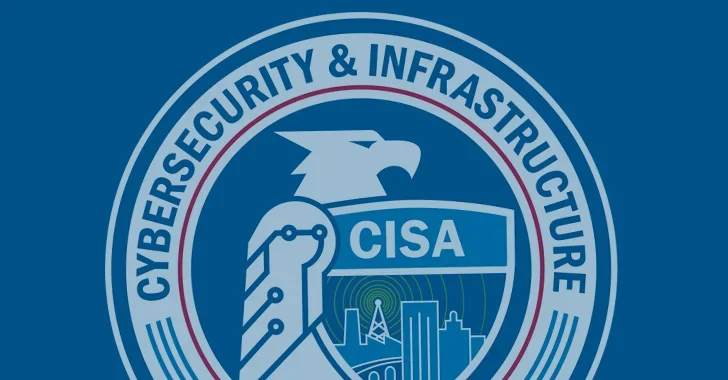How to Tell When Your Phone Will Stop Getting Security Updates

Every smartphone has an expiration date. Here’s when yours will probably come. If you`re shopping for a smartphone, you're probably weighing how powerful it is, how good the cameras are, and of course how much you're going to have to pay for it—but it's also worth considering how long the handset is going to last you. A big part of that calculation comes down to the length of time that the phone will get updates. Apple just pushed out iOS 17, a software update that is heading to iPhones including the iPhone XR and the iPhone XS—handsets that launched in 2018. For five-year-old phones to be getting (mostly) the same software features as the brand new iPhone 15 is something Apple can be proud of and that its users can be grateful for, but this kind of future-proofing isn't standard. At the time of writing, Google promises Android updates for its Pixel phones for at least three years. For flagship Samsung Galaxy phones, the software update guarantee is for four years, an...





